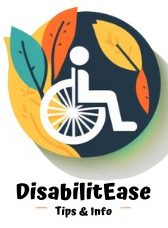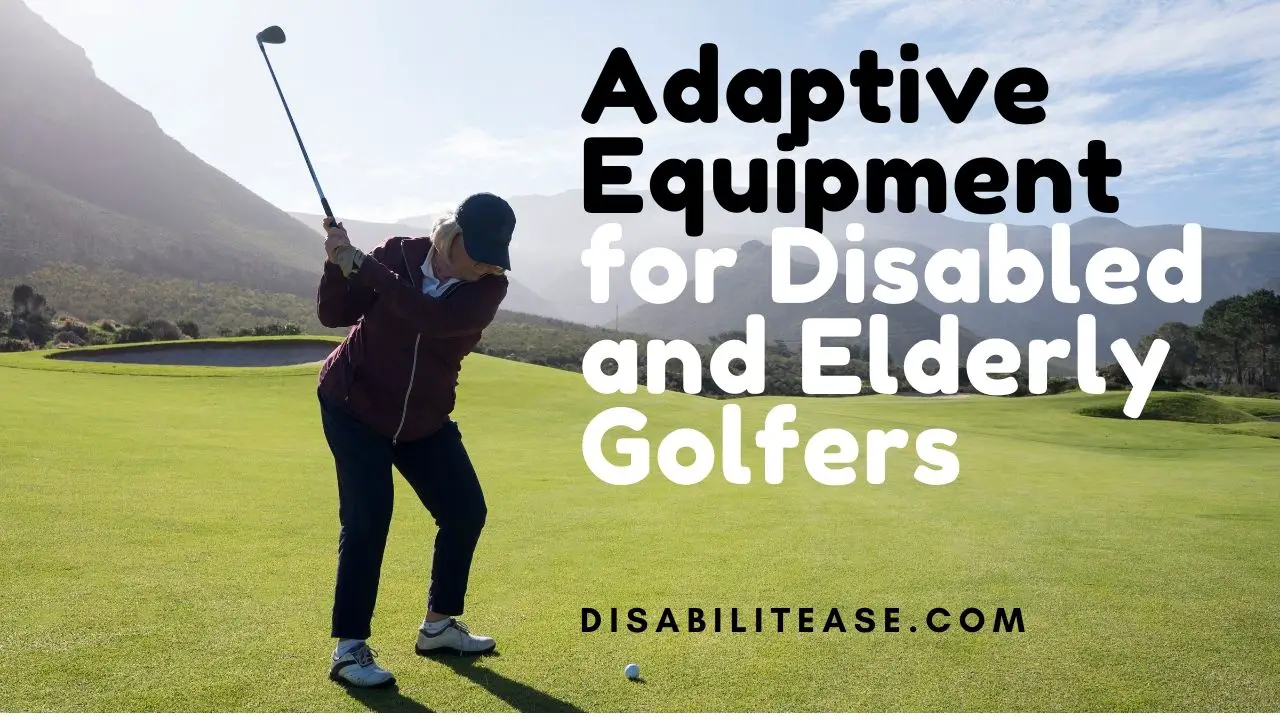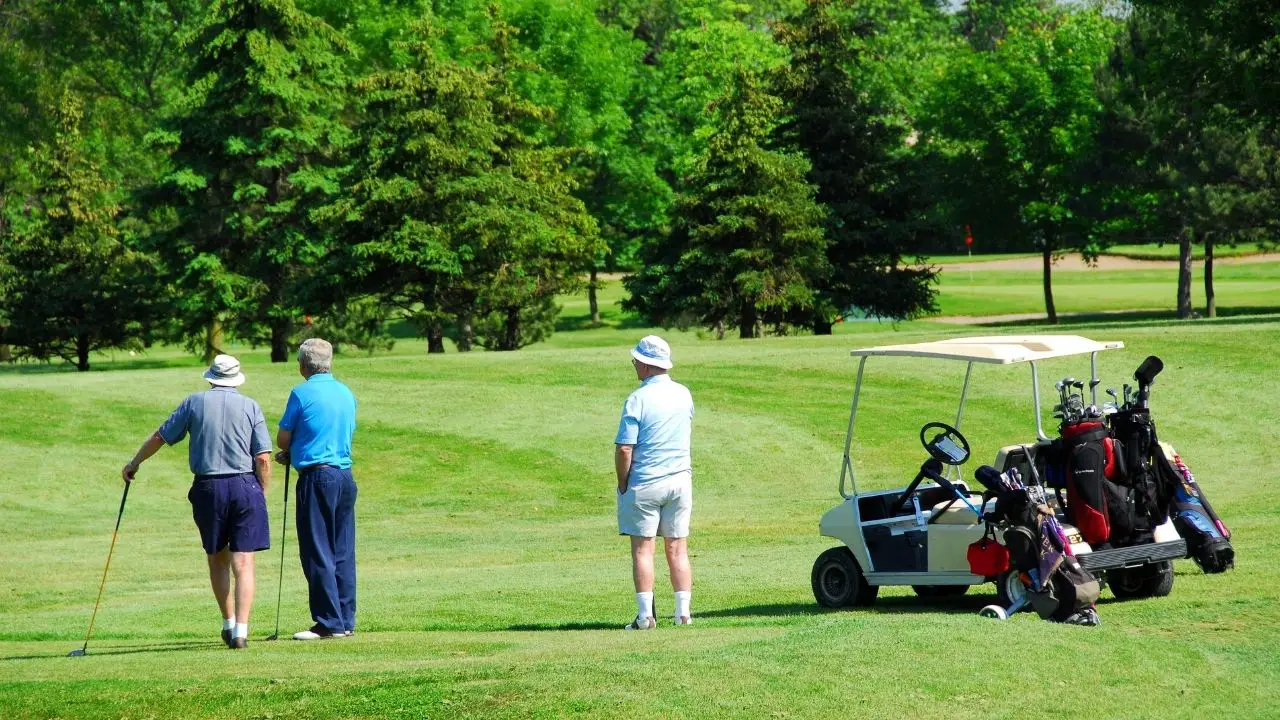In recent years, martial arts have gained immense popularity. Why? Well, there is no specific reason. However, studies do indicate that Hollywood has a huge role to play in this. And I mean, duh, everyone was obsessed with Bruce Lee and Jackie Chan at least once in their life.
Another fundamental and common reason for increasing interest in martial arts is self-defense. Again a very understandable as well as practical reason. But martial arts is something that every individual deserves to practice.
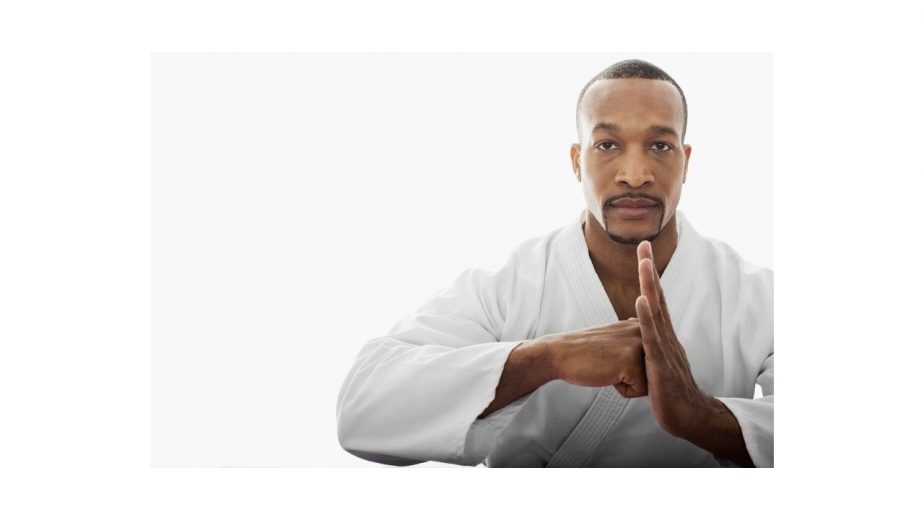
I understand that in this world and age, not everything has been made accessible to people with disabilities. However, martial arts is something that can be practiced by Disabled people as well, even without any modifications.
Here is a related article that might interest you on Can you Be a Boxer or a Martial Artist with Asthma?
Although there are some types of martial arts that are better suited for people with disabilities than others, that is bound to happen.
For those who are interested in learning martial arts but are worried that their disabilities will not allow them to do so, do not worry. In this article, we will discuss the most suited martial arts that can be practiced with people with disabilities.
Table of Contents
Benefits Of Martial Arts
Before we move on to the main stuff, let’s talk about all the benefits practicing martial arts can bring.
First and foremost (and one of the least talked about benefits is that) martial arts can do a great deal to build up your confidence and self-esteem. Once you are physically active, you gain strength. This makes your body stronger, and the stronger you get, the more confident you start to feel. That you can do anything, that you are strong and capable.
Moreover, it also improves responsibility as well as teamwork – Learning how to work with other people. This also teaches you how to listen to rules. Physical strength, learning a skill, and staying active are obviously a plus as well.
Best Types Of Martial Arts That People With Disabilities and Wheelchair Users Can Practice
1. Brazilian Jiu-Jitsu
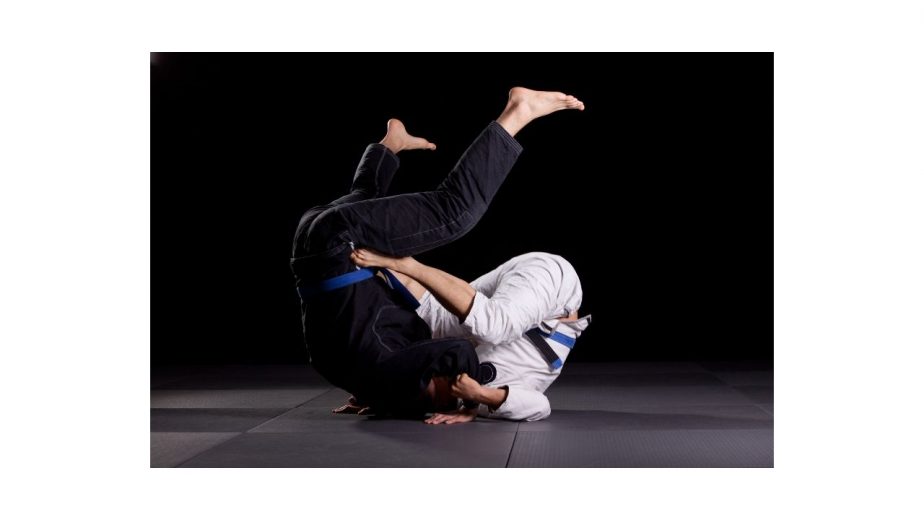
The first on the list is a well-known type of martial arts, Brazilian Jiu-Jitsu. It is a combination of combat sports and martial arts. This is specifically for people who have mobility issues and impairments, as Jiu-Jitsu focuses on what is called ‘ground fighting’ as well as submissions hold.
What you do is that you put the opponent on the ground and try to control them. Once you get a dominant position, you are put in a submissive position through chokeholds or even joint locks.
. You do not have to stay up on your feet, unlike in martial arts such as karate and kickboxing, which mostly require you to stay on your feet.
There is a very common slogan, ‘Jiu-Jitsu is for everyone.’ Meaning every man, woman, child, and even handicapped person can practice Jiu-Jitsu and succeed in it. Practicing any type of martial arts, especially Jiu-Jitsu, can help increase your self-confidence and can also create the ability to adapt to different situations and situations and surpass the stigma and ‘expectations’ attached around disabled people.
2. Gracie Jiu-Jitsu
Next on our list is another type of Jiu-Jitsu, Gracie Jiu-Jitsu. Although Brazilian Jiu-Jitsu is the more common out of these two, it is mainly used as a recreational sport (that still does not decrease its credibility, of course).
But this is the main difference between both of these types of Jiu-Jitsu. Gracie Jiu-Jitsu is first and foremost taught for self-defense. The main objective to learn a form of Jiu-Jitsu is to defend yourself when you are in a street fight or are attacked.
This way, your chances of being crushed by the bigger and stronger guy will be really less because that’s what the main training entails.
3. Aikido
Aikido is an old form of Japanese martial arts that has many different styles. Some of those include Iwama Shin Shin Aiki Shuren Kai, Ki Aikido, Shodokan Aikido, Iwama Ryu, Aikikai, etc. Although some people argue that Aikido is not used in a real fight, many trainers argue that that is not the case.
Aikido focuses on using your opponent’s strength against them instead of concentrating on exerting your own strength. This is really good for people with disabilities and impairments. If their strength is not up to par, they can practice Aikido and work on the opponent’s strength.
However, you should remember that the whole purpose of Aikido is to defend yourself in a fight WITHOUT hurting your opponent. So it does work in most cases, but sometimes it might not because, in a real fight, your opponent will most definitely try to hurt you.
4. Kickboxing
Kickboxing is a mix of boxing and karate and a combat sport consisting of punches and kicks.
I know I mentioned earlier that kickboxing could not be done without standing up. Although that is factually correct, a lot of people have proved that fact wrong. Day by day, more and more people practice kickboxing, even though they are in a wheelchair.
They compensate for the lack of their ability to use their legs but using their hands. So their hands not only make punches, but they ‘kick’ as well.
One of the best examples of someone who pursues kickboxing, regardless of being in a wheelchair, is Carl Hodgetts from the United Kingdom (UK).
Although Carl is paralyzed from the waist down because he has spina bifida, he did not let it stop him from getting a black belt in kickboxing. Now, he is one of the top martial arts instructors.
5. Wrestling
Wrestling is another great martial art that the disabled can practice and Zion in the video below is the best example for it.
Centers That Cater To Disabled People For Martial Arts
Even though you know some types of martial arts that you can practice with disabilities, it’s also important to know training centers that cater to people with disabilities. Here are some:
1. Easterseals Massachusetts
Easterseals Massachusetts has an Accessible Martial Arts Programme that caters to people with AND without disabilities. Whether they want to learn self-defense, get flexible or gain strength, it’s all up to them. However, all the classes are online, so it makes it a bit difficult to learn everything but is also really helpful for the ongoing pandemic.
2. My Martial Arts
My Martial Arts is located in Dallas, Texas. Recently they have a program called ‘Adaptive Training Programme’ that focuses on adults and children with physical disabilities as well as developmental issues.
They customize the programs on a daily basis so all the participants, adults and children with any challenges they face, are able to get the best and the most gratifying results.
Moreover, they also allow their students to get belts as well as compete, just like they would let any mainstream martial art student do so. This way, the process is much more real and gratifying.
But it’s not about a specific center or a training facility. It is all about the people and the trainers who work there. If they are willing to help you, believe in you, and do everything they can to help you so that your disability can become your strength. That is all you need. Everything can be done with dedication and hard work.
Remember that if you cannot use your legs, you always have your upper body. If you can’t use your hands, your legs can become your strength. If you cannot see or even hear, you can always feel. And that’s all you need.
Never let anything bring you down, don’t let anyone tell you what you can’t or can do. It is all up to you and what you determine is possible or not because of mind over matter.

Hi, my name is Eddie, I am a professional trainer specializing in the elderly population and I’m also a website designer. I love training in the gym, going to the beach, traveling, and having good food.
I combined my love for sport and website designing to make “DisabilitEase” whose purpose is to help elderly and disabled people live a more full and active life, have more fun, and enjoy their unique journey despite any disability.
